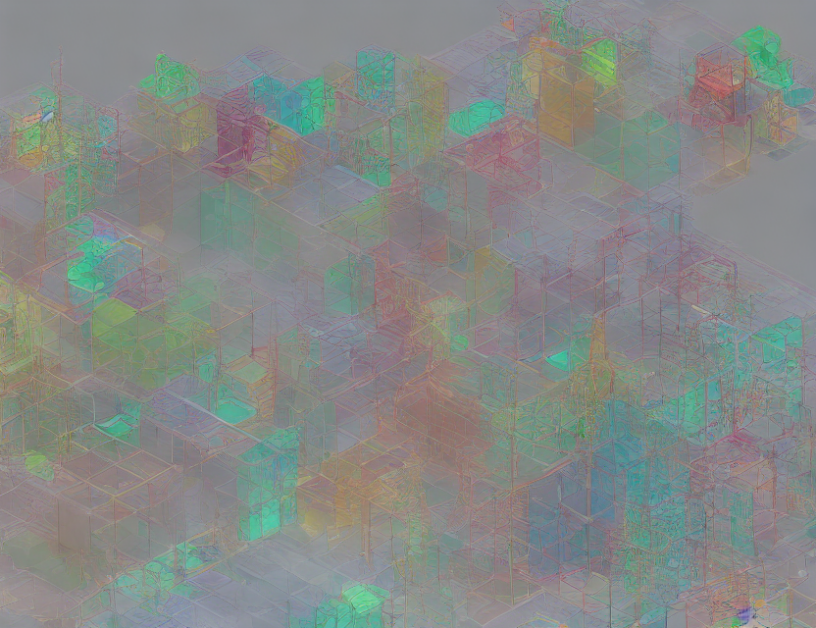In this article, we explore the concept of permutation entropy as a tool for classifying radio signals. We begin by defining what a signal is and how it can be represented as a set of data points sampled at equal time intervals. We then delve into the properties of permutation entropy, which is a measure of the complexity of a signal without regard to its scale or amplitude.
Classification
The authors propose using permutation entropy as a means of classifying radio signals based on their patterns and structures. They acknowledge that traditional methods of signal classification have limitations when dealing with complex signals, such as those found in radio communications. By using permutation entropy, they aim to develop a more robust and efficient approach to classify radio signals into different modes.
Dataset
The authors provide a detailed description of the dataset used for their experiments. The dataset consists of 240 radio signals from various sources, including broadcasting, mobile phones, and radar systems. They also acknowledge the limitations of the dataset, such as its small size compared to other datasets available in the literature.
Methods
The authors outline the methods used for computing permutation entropy and classifying the radio signals. They explain how they preprocessed the data by normalizing it using a scaling factor to make the values comparable across different signals. They also describe the classification algorithm, which is based on a combination of permutation entropy and machine learning techniques.
Results
The authors present the results of their experiments, showing that permutation entropy outperforms other complexity measures in classifying radio signals. They demonstrate that the proposed method can accurately identify different modes of radio signals and distinguish them from each other. The authors also provide a detailed analysis of the results, highlighting the strengths and limitations of the approach.
Conclusion
In conclusion, this article demonstrates the potential of permutation entropy for classifying radio signals. By avoiding the limitations of traditional methods, which are often hindered by scale and amplitude issues, permutation entropy offers a more robust and efficient approach to signal classification. The proposed method has important implications for wireless communication systems, as it can help identify and isolate interfering signals, improving overall system performance. However, further research is needed to validate the results and explore the applicability of this approach in real-world scenarios.



